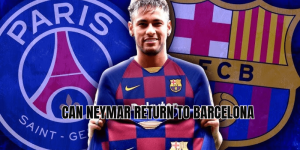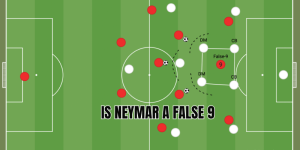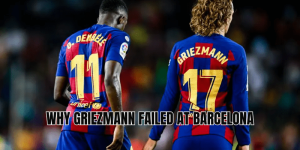Luka Modrić has produced season after season of elite midfield mastery. But when we ask the question modric best season, which one truly deserves that crown? Was it the year he won the Ballon d’Or? Or perhaps the season where his numbers and influence peaked? In this article, KorKick will take you on a journey through his career, compare his top seasons, scrutinize metrics, and finally make the call on Modrić’s magnum opus.
What Makes a “Best Season” for a Midfielder?
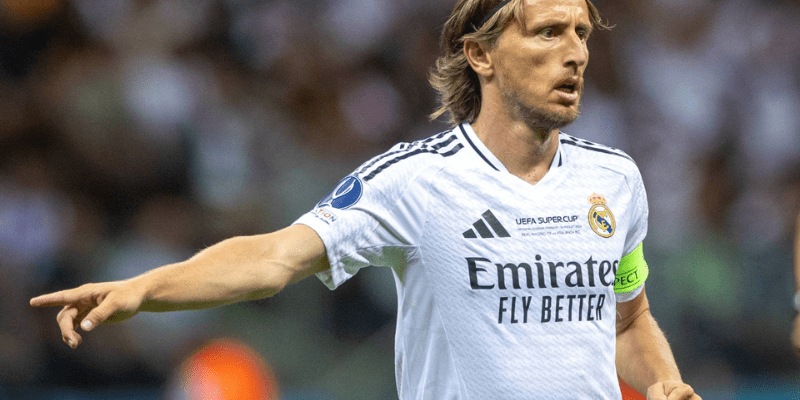
Before naming a season as Modrić’s best, we need criteria. Unlike pure strikers, midfielders aren’t judged solely on goals. Key metrics include:
- Minutes played / match consistency
- Goals + assists
- Influence in big matches (Champions League, domestic title deciders)
- Passing accuracy, key passes, defensive contributions
- Awards / recognition
We should weigh both statistics and context: what Modrić delivered in crucial moments, and how much he carried his team.
Top Candidates for Modrić’s Best Season
Several seasons throughout his Real Madrid career shine as contenders. Let’s dig into the strongest:
2017–18 (Ballon d’Or year)
- This is the season Modrić secured the Ballon d’Or, breaking the Messi–Ronaldo duopoly.
- He led Real Madrid in a dominant Champions League campaign, delivering consistency in Europe and La Liga.
- While his raw goal and assist numbers were modest, his influence was immense: deep-lying playmaking, control of tempo, linking attack and defense.
2020–21
- Statistically one of his more productive seasons: in La Liga, he played 35 matches and scored 5 goals. That’s his personal best goal tally in a league campaign.
- He also contributed assists and remained a key presence in Madrid’s midfield.
- This season showed that even as he aged, he could still produce tangible attacking returns.
2013–14
- A turning point season in his Madrid career. While not as flashy statistically, this year saw him blend control, balance, linking play, and being integral to a Madrid side that won the Champions League.
- In many eyes, this was when Modrić matured into a true elite midfielder in European context.
Other seasons to consider
- 2015–16 / 2016–17: solid all-round output, though overshadowed by more celebrated campaigns.
- 2018–19 / 2019–20: consistency, but without standout peaks.
- 2022–23: still contributing at high level, though physical decline begins.
Deep Dive: 2017–18 vs 2020–21

To truly decide, let’s contrast the two strongest candidates.
2017–18: A Legacy Campaign
Context & recognition
- Winning the Ballon d’Or is a clear marker; that implies not only success but global recognition.
- Real Madrid clinched the Champions League and remained competitive domestically.
- Modrić’s work was often invisible in stats but undeniable in impact.
Statistical profile
- Goals and assists numbers were more modest compared to modern midfielders.
- Passing, control, transitions, defending — his contribution is seen in footage, match narratives, and influence over games.
- Clutch performances in Champions League knockout stages elevated his reputation.
2020–21: Peak Output
Context & recognition
- This season came when Modrić was in his mid-30s, defying age expectations.
- Though he didn’t win the Ballon d’Or, he showed sustained relevance and productivity.
- Real Madrid’s collective performance was solid, though not spectacular.
Statistical profile
- 5 goals in La Liga tie him for his best tally in a league season.
- Added assists, participation in deep build-up, and minutes logged.
- He remained central to Madrid’s midfield rhythm.
Which edges it?
While 2020–21 delivers stronger tangibles, 2017–18 carries greater weight in legacy and influence. The Ballon d’Or, combined with pivotal matches in Europe, gives that season a gravitas that raw numbers alone struggle to match. In short: 2020–21 may be his “best statistical season,” but 2017–18 is his “definitive masterpiece.”
Supporting Metrics & Career Trends
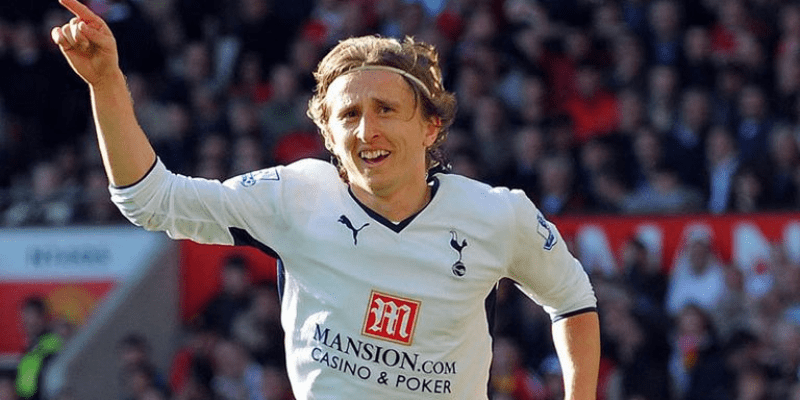
- Over his Real Madrid La Liga tenure, Modrić amassed 30 goals and 60 assists in 394 appearances.
- Across his career in top-tier leagues, he recorded dozens of goals and many assists, while playing hundreds of matches with high-level consistency.
- Even in his later years, his match ratings, passing, and situational awareness remained top tier.
Legacy Impact and Intangibles
Numbers tell part of the story — but Modrić’s value is often in the unseen: control of tempo, tactical intelligence, balancing attack and defense, and elevating teammates. His leadership and moments in big finals add weight behind an argument that goes beyond stats.
Thus, when fans ask modric best season, the true answer is about what kind of “best” we mean. Best in output? Best in acclaim? Best in influence?
Conclusion
Modric best season is a nuanced debate — if you’re chasing numbers, 2020–21 is a top pick. But if you want the season that crystallizes his greatness, 2017–18 wins: the Ballon d’Or, the peak influence, the European triumphs. At KorKick, that’s our verdict.
If you enjoyed this deep dive, stay tuned — next we can explore his best match, or compare Modrić’s peak with other midfield legends. Want us to write that? Let us know!

